Animal Cuts from Universal Nutrition has quickly become a blockbuster product that's very popular, especially with bodybuilders and athletes for supporting body recomposition.
We've covered both Animal Cuts and Animal Cuts Powder before (including a recent new Strawberry Watermelon flavor), and love it in a daily weight loss stack because it includes so many effective diet-supporting ingredients. It's quickly become a popular staple of many Animal athletes, winning the 2021 Bodybuilding.com Weight Loss Product of the Year award.
However, many users wanted a stimulant-free version, and Universal has listened, tweaking the formula and making it better for stimulant-free occasions. So now we're back, with an updated rundown on how the caffeine-free version of Animal Cuts works.
We all know that when losing weight you want to maximize your calorie burn while minimizing your calorie intake yet keeping protein high. There are a lot of supplements on the market that focus on increasing that burn. But something most companies don't really address are the negative effects of a low calorie diet.
Eating very few calories can cause thyroid problems and general fatigue or malaise. If a supplement company addresses this, they usually do so by adding stimulants, which can compensate for the lack of energy from food by revving up the user's endocrine system.
But with the Animal Cuts Non-Stim version, Universal has created an Animal Cuts formula that doesn't employ caffeine, and can naturally minimize a lot of the various consequences caused by cutting calories.
We dig in, but first, check out PricePlow's coupon-powered prices and sign up for our Universal Nutrition alerts, because another product is right around the corner:
Universal Animal Cuts Non-Stim – Deals and Price Drop Alerts
Get Price Alerts
No spam, no scams.
Disclosure: PricePlow relies on pricing from stores with which we have a business relationship. We work hard to keep pricing current, but you may find a better offer.
Posts are sponsored in part by the retailers and/or brands listed on this page.
This area is reserved for Team PricePlow's upcoming Ingredients video.
Subscribe to our channel and sign up for notifications so you catch it when it goes live!
Ingredients
In a single one-scoop serving of Animal Cuts Non-Stim from Universal Nutrition, you get the following:
-
Choline Bitartrate – ~500mg yielding 185 mg choline (34% DV)
Choline bitartrate is a popular form of choline that's capable of increasing both choline and acetylcholine levels. We need some choline from food and supplements because it's an essential nutrient, meaning that the body can't make it on its own.
Choline does a lot of different stuff in the human body, but probably its most important role is that it maintains the integrity of cellular membranes all throughout.[1]
Another important role of choline is acting as a precursor to acetylcholine,[2] which is often called "the learning neurotransmitter" because of how important it is for memory consolidation, the process of turning short-term memories into long-term memories. Because of its ability to facilitate inter-neuronal communication, higher acetylcholine basically helps you have better overall cognition and more mental energy.
For our purposes, choline is also important for fat metabolism,[3-6] synergizing with the carnitine that we have next, as it improves carnitine retention.[7-9]
Choline deficiency can be pretty catastrophic – given the positive effect of acetylcholine on cognition, it probably won't surprise you to learn that a deficiency in acetylcholine can cause cognitive dysfunction. But it can also lead to muscle loss and general organ damage, including, but not limited to, non-alcoholic fatty liver disease (NAFLD), which is part of the "metabolic syndrome" cluster of symptoms that's closely associated with type II diabetes.[10]
Getting 185 mg from roughly 500 milligrams choline bitartrate
Note how it's labeled here: Animal is telling us that we have 185 milligrams of actual choline (34% DV), which comes from choline bitartrate. This means that they're actually including about 500 milligrams of choline bitartrate to get there. Since it's an essential nutrient, it can be labeled this way, just note that Animal isn't listing choline bitartrate itself as an active ingredient.
This is a great daily boost of choline, and you'll definitely want to get more through diet (eggs are generally the best source) to make sure that your body can metabolize fat and protect cells to the best of its ability.
-
Metabolic and Stimulant Complex
-
Acetyl L-carnitine & L-Carnitine tartrate (750 mg EACH)
L-carnitine is responsible for shuttling fatty acids into the mitochondria, where they're burned for energy.[11,12] Multiple studies have shown that carnitine supports healthy weight loss[13,14] and improves insulin sensitivity and glucose tolerance.[15]
Carnitine is particularly good for athletes, whose higher metabolic requirements can put them at risk of carnitine deficiency. When taking carnitine, athletes can expect to see less soreness, higher oxygen utilization and power output, improved blood flow, and better recovery.[16] Anyone deficient in carnitine will benefit, though, which typically includes not just athletes, but also vegetarians, vegans, and the elderly.[16-22]
More synergy! If you're low on acetyl groups, your choline may not get to the acetylcholine that you want. ALCAR (Acetyl L-Carnitine) listed above helps with that bottleneck.
As mentioned above, choline will synergize with this blend, helping to increase the body's retention of carnitine.[7-9]
These two forms of carnitine have a slightly different cluster of effects. Acetyl L-carnitine (ALCAR) can boost focus[23,24] whereas the tartrate form of carnitine can upregulate androgen receptors.[25,26] Animal wisely includes both, getting us to a solid 1.5 gram dose (and since this is caffeine-free, you can easily mega-scoop it to get to the 2 gram dose that's in so many studies).
-
Theacrine (as TeaCrine 40%) – 50 mg
There's good evidence that theacrine can increase mental and physical energy.[27] This isn't surprising since theacrine is a "chemical cousin" to caffeine,[28] which blocks adenosine receptors, just like caffeine does.[29] Theacrine also stimulates dopamine receptors[28] that help with motivation and focus.
Perfect for sustaining your energy on a monster cut.
-
DMAE Bitartrate – 50 mg
DMAE is short for dimethylaminoethanol, an analogue to choline. Rather than boosting acetylcholine levels, DMAE actually may boost free choline levels while stimulating cholinergic receptors.[30] Although there's not a lot of weight loss research on the effects of taking DMAE alone, there is a pretty good reason for stacking it with choline, which we're doing here in Animal Cuts NS.DMAE (Dimethylaminoethanol) is a nootropic related to choline that may improve focus, mental clarity, and potentially memory.
In animal models, DMAE has been shown to preserve choline levels in peripheral tissues by sparing them from being metabolized. The upshot is that the choline you ingest doesn't have to be used up in replacing peripheral choline, meaning that more of it gets deposited in your central nervous system.[31] Given what we wrote above about the relationship between choline and acetylcholine in the brain, you can probably see why that's a good thing.
In human studies, DMAE also worked as a mood stabilizer, improving symptoms in people with mild or borderline emotional problems.[32] In one study, researchers hooked an EEG up to subjects' brains and observed that DMAE supplementation was optimizing their brain wave patterns.[32]
We'll gladly take this support and choline when the brain fog and "diet dump" start to hit.
-
-
Metabolic Herbal Extract Blend – 150 mg
Bodybuilding.com's 2021 Weight Loss Product of the Year, Animal Cuts Powder, has a new Strawberry Watermelon flavor!
The big idea behind this blend is polyphenols, a naturally-occuring class of antioxidants that have been shown to positively affect several metabolic pathways in the human body.[33] To give just one example, epigallocatechin gallate (EGCG), a polyphenol in green tea, has been shown to actually inhibit the growth of new fat cells, block dietary fat absorption and storage, and increase the rate of fat burning in brown fat,[33] the "metabolically active" category of human fat tissue.
Although the effects of specific polyphenols vary somewhat, polyphenols as a class pretty much all have effects similar to those of EGCG.
A large study (573 participants!) found that over the course of five years, polyphenol blood levels inversely correlated with BMI and obesity rates.[34]
Let's take a look at the ingredients in this blend:
-
Green tea leaf extract has tons of antioxidants, including the famous ECGC which we just discussed above. Because of ECGC and other polyphenols, green tea extract has been shown to increase thermogenesis, which is the process by which your body turns calories into heat, and fat oxidation, where your body uses fat for metabolic processes.[35,36]
-
Oolong tea extract is pretty similar to green tea leaf extract – green tea and oolong are both produced from the leaves of the Camellia sinensis plant, but differ in their degree of fermentation. Green tea leaves are fresh mature tea leaves whereas oolong leaves are fermented a bit. So in light of what we've learned about green tea extract, we shouldn't be surprised to hear that in a 2003 study, female participants who consumed oolong tea saw their energy expenditure (calories burned) increase by 10% two hours after consumption.[37]
-
Black tea extract is also sourced from Camellia sinensis leaves. It's fermented like oolong, but for longer. Black tea is a little different from green and oolong – it has catechins like green tea, but also high amounts of theaflavins, a special class of polyphenol produced by the fermentation process. Theaflavins seem to help regulate body weight in a similar fashion to other polyphenols.[37,38]
Coffee bean extract is also a great source of polyphenols and other antioxidants. Coffee extract consumption is associated with weight loss,[39] and a 2018 study showed that coffee bean extract can help improve certain key markers of metabolic health, such as blood glucose levels, insulin sensitivity, and lipid profile.[40]
-
White tea extract is also – you guessed it – sourced from Camellia sinensis leaves. Unlike oolong and black tea, though, white tea is not fermented. It also differs from green tea in that whereas green tea leaves are mature, white tea leaves are young. This gives white tea a different antioxidant profile, but it still has EGCG as green tea does. White tea leaf extract has also been shown to increase metabolism and prevent the growth of new fat cells, largely because of EGCG.[41,42]
-
Coleus forskohlii extracts are standardized for forskolin. Although forskolin is not a polyphenol, it has similar effects as polyphenols in that it increases fat oxidation[43] and improves body composition, blood lipids, and insulin sensitivity.[44] In some studies, forskolin also reduces appetite.[45,46]
So overall, you're getting loads of fat-burning, insulin-sensitizing, and antioxidant polyphenols from this blend. The forskolin is a nice touch and definitely is consistent with the effects of the polyphenols.
-
-
Nootropic & Thyroid Complex
The thyroid gland produces hormones that regulate the body's whole metabolism. A person's basal metabolic rate is determined largely by their thyroid function.[47] The thyroid hormones triiodothyronine (T3) and tetraiodothyronine (T4) are key in maintaining optimal glucose and fat metabolism.[47]
A dysregulated thyroid, clinically defined as hypothyroidism by low levels of these crucial hormones and hyperthyroidism when levels are too high, can spontaneously produce unexpected and unwanted changes in body weight and compromise metabolic health.[48]
Thyroid support is important under the best of circumstances, but if you're trying to cut, it's even more important than usual because eating a low calorie diet can reduce thyroid function significantly. One study found that T3 levels dropped by well over 50% in people eating 1,200 calories per day.[49] Tauri But there are some other ingredients in this blend, like taurine and huperzine A, that are intended to help maintain mental energy levels – something that can be challenging when you're eating fewer calories than you burn.
-
Tyrosine focus blend (N-acetyl L-tyrosine & L-tyrosine) – 1000 mg
L-tyrosine is an amino acid with a variety of benefits, such as supporting thyroid function.[50,51] This amino acid plays a major role in facilitating the production of T3 and T4.[51] Supplementing with tyrosine helps avoid the thyroid dysfunction we mentioned above when you're on a calorie cut.[52,53]
Long story short: No iodine or tyrosine, no thyroid hormone synthesis. Get enough iodine and tyrosine in!!
Tyrosine is also the precursor to dopamine[54,55] and epinephrine and norepinephrine,[56,57] all three of which will boost your mental and physical energy when present in high concentrations. The latter two also helps with appetite suppression and fat burning,[58] as well as staying alert and focused when deprived of sleep.[59,60]
-
Taurine – 1000 mg
Taurine is a conditionally-essential amino acid[61] that improves cognition,[62] athletic endurance, [63] muscle soreness,[64] and fat metabolism.[61] All great things for dieters, and one of the daily support ingredients that we've come to love Animal Cuts for.
Although it's most commonly found in pre-workouts, nootropics, intra-workouts, and hydration supplements, we love seeing taurine in fat-burner formulas because of its beneficial effect on mitochondria.[65]
-
Huperzine A (Huperzia Serrata Extract) - 100mcg
Huperzine A is here partly to synergize with choline because huperzine A inhibits acetylcholinesterase, the enzyme that breaks acetylcholine down.[66] Huperzine A on its own leads to better cognition and learning,[67] so if you're also boosting acetylcholine production, you can expect an even bigger effect.
But huperzine A also protects neuronal mitochondria from oxidative stress,[68] which is going to preserve and enhance your mental energy levels.
-
-
Water Shedding Complex
If you're going for a shredded look, you don't want too much water retention because that's going to make you look puffy. But too much water can cause metabolic problems too, including an electrolyte imbalance and impaired recovery.[69]
Dandelion Root Powder - 100mg and Uva Ursi Leaf Powder - 100mg
Dandelion root and uva ursi leaf are both diuretic compounds, meaning that they stimulate the body to eliminate excess water. They have a long history of use in bladder and kidney support.[70,71] These diuretics are considered safe because they maintain potassium levels.[72]
Flavors Available
Cuts Non-Stim launched in two flavors on March 15, 2022, but hopefully there will be other flavors added over time, just as the original Animal Cuts Powder had:
Conclusion: Your daily driver is now caffeine-free
It seems like every iteration of Animal Cuts is better than the last. Major props to Universal Nutrition for listening to users who wanted this daily stack setup, but still want to charge it with some stimulants from pre-workouts like Animal Fury.
There are lots of "fat burner" supplements on the market, but there are few that are based on a recognition of the potential problems caused by a calorie cut and seek to address those problems specifically. Just increasing your metabolic rate is not as good of an approach as mitigating the negative effects of calorie cutting. As always, Animal lets you do it all.
Universal Animal Cuts Non-Stim – Deals and Price Drop Alerts
Get Price Alerts
No spam, no scams.
Disclosure: PricePlow relies on pricing from stores with which we have a business relationship. We work hard to keep pricing current, but you may find a better offer.
Posts are sponsored in part by the retailers and/or brands listed on this page.
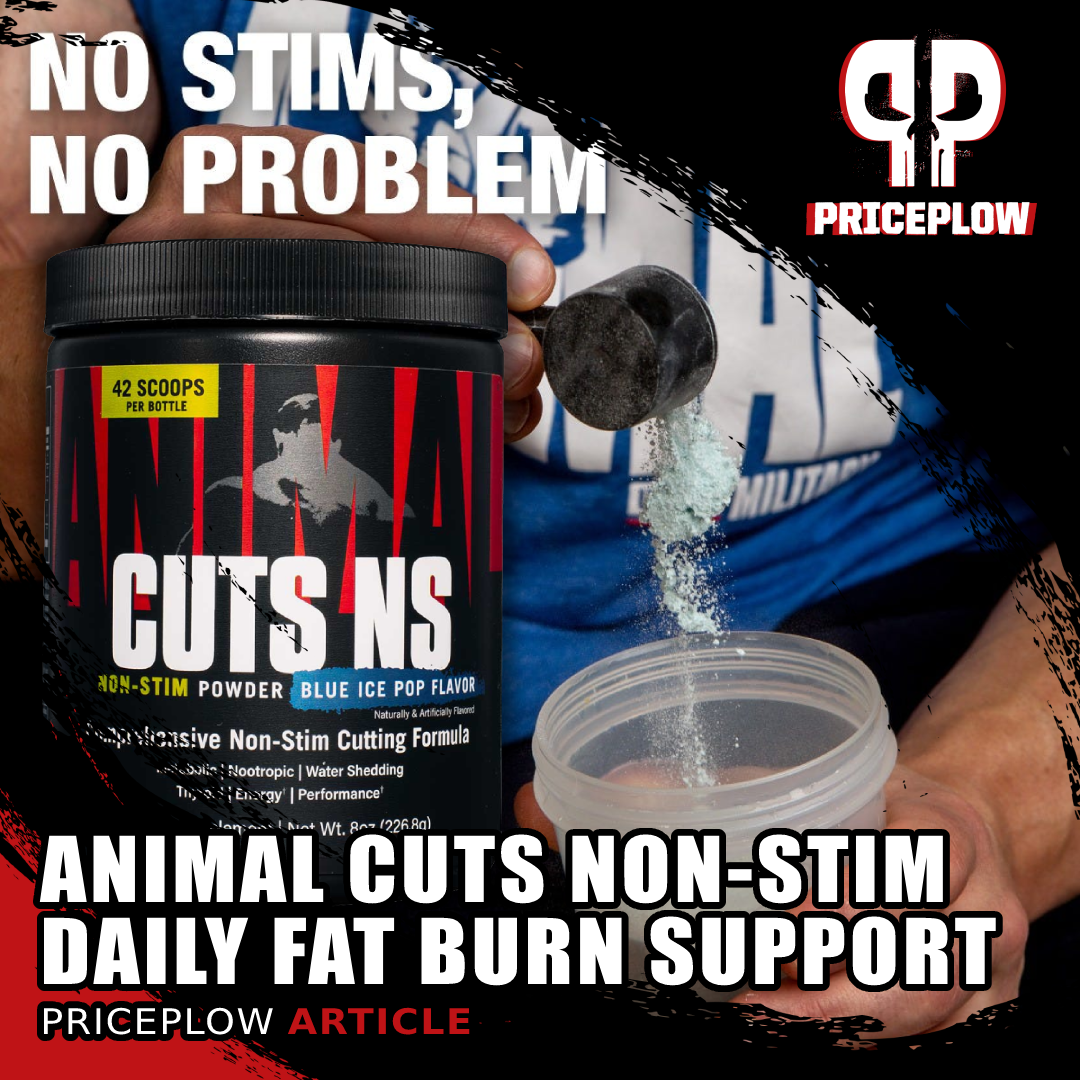

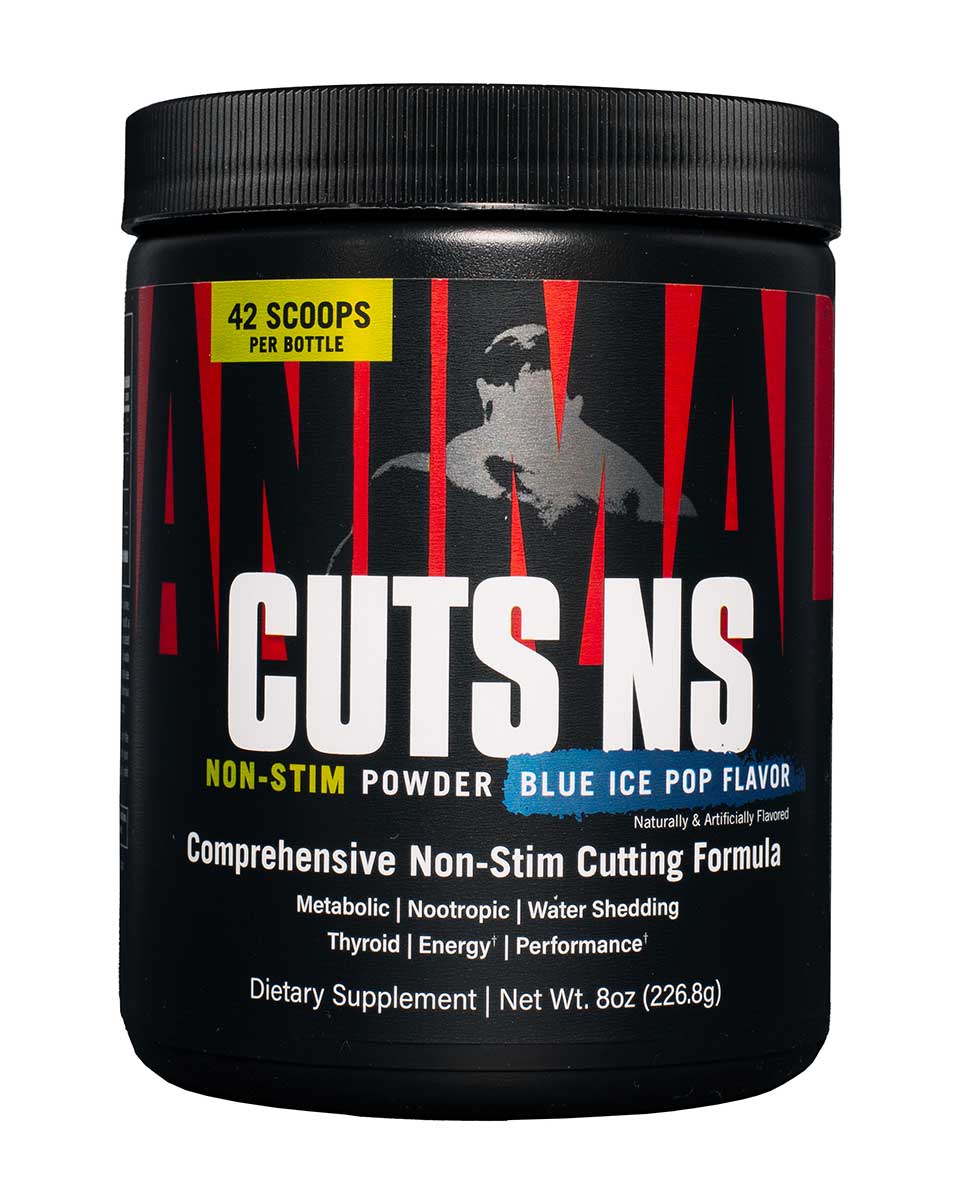
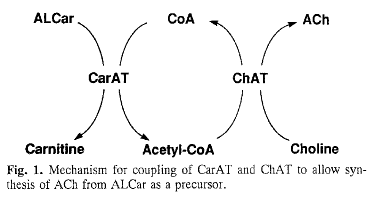


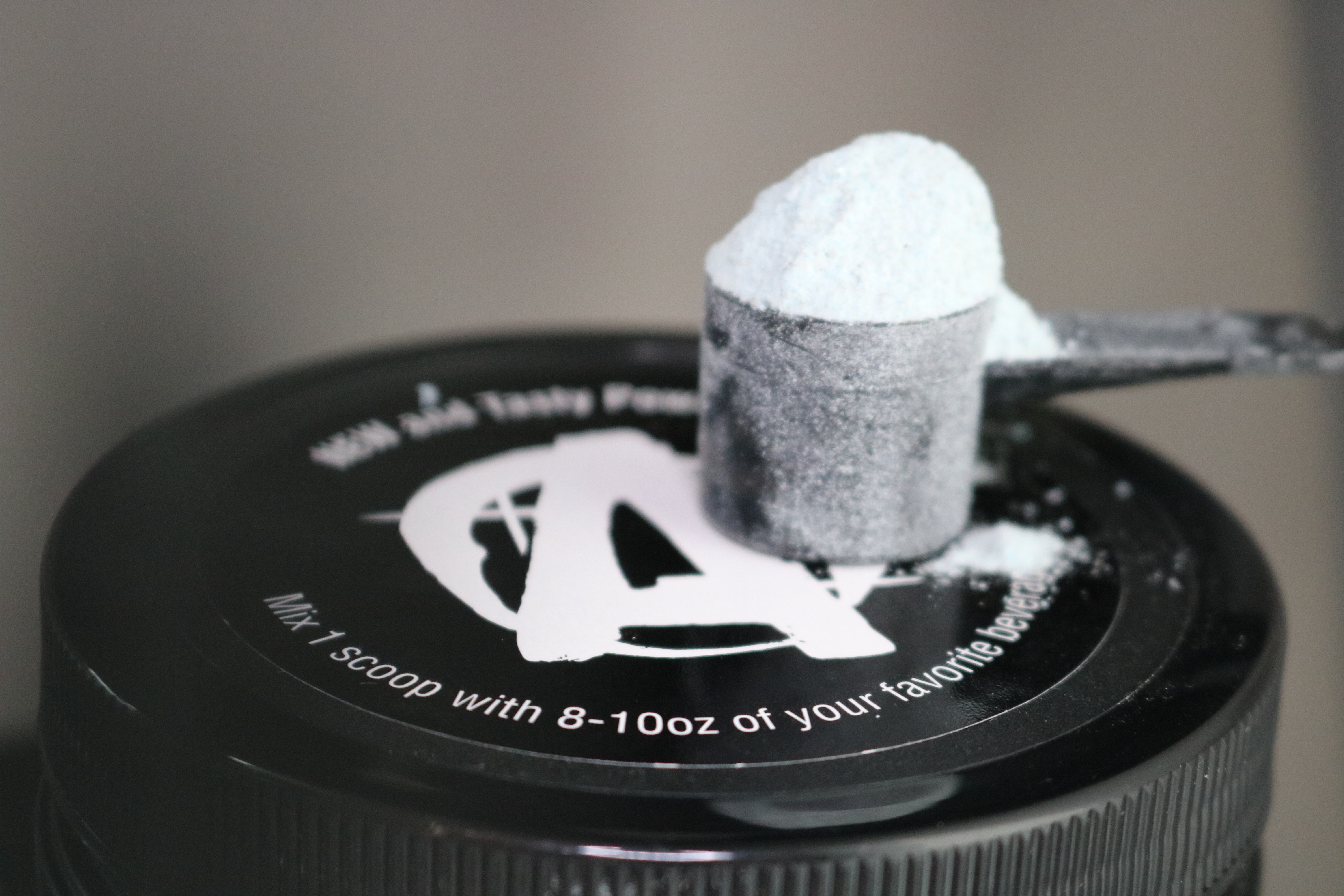


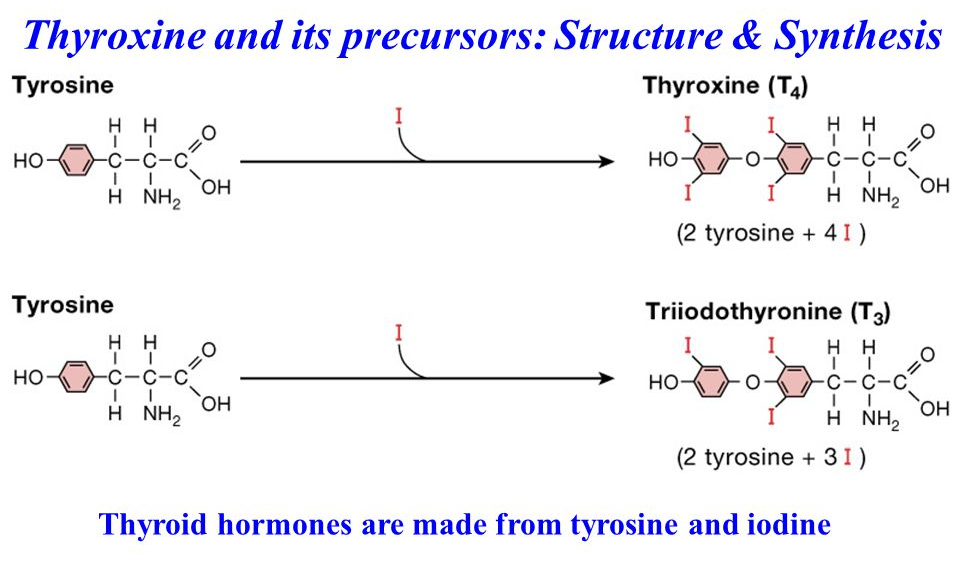

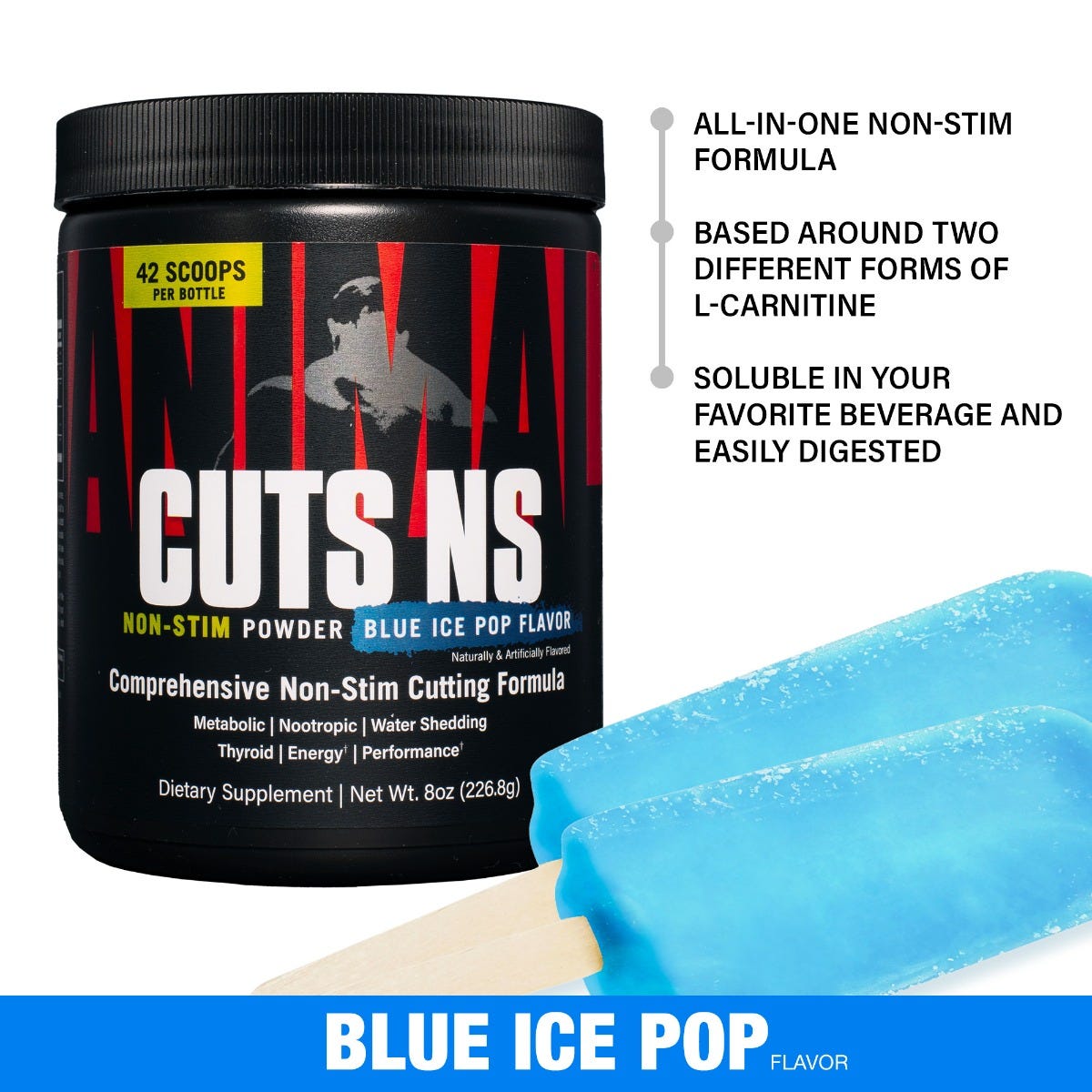


Comments and Discussion (Powered by the PricePlow Forum)